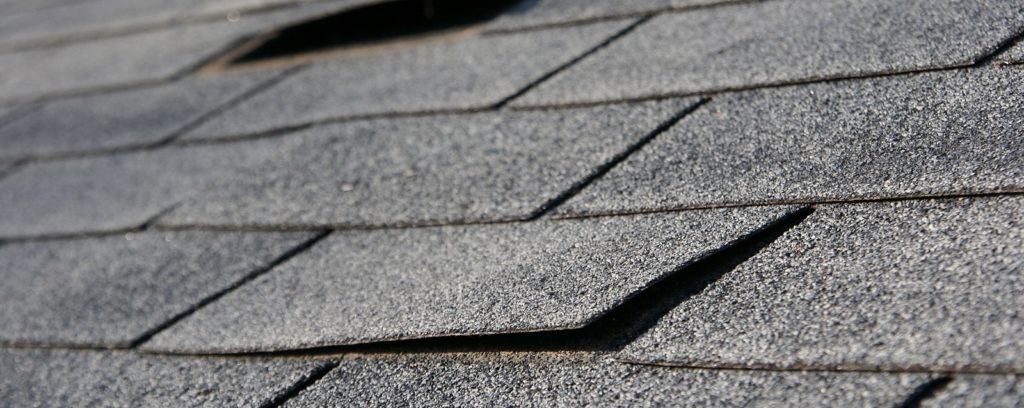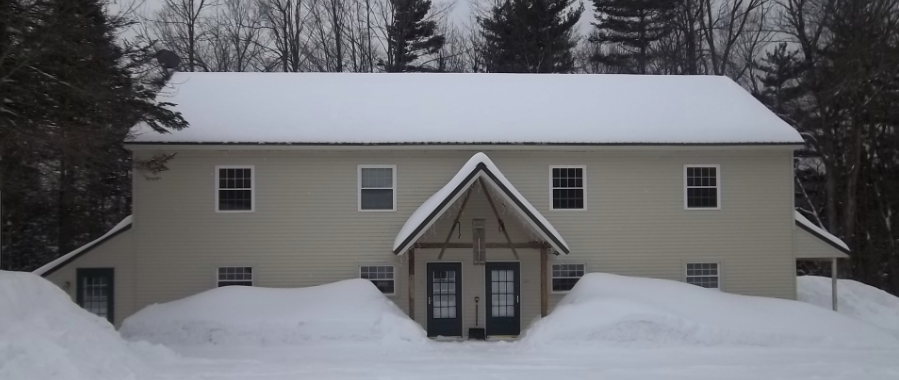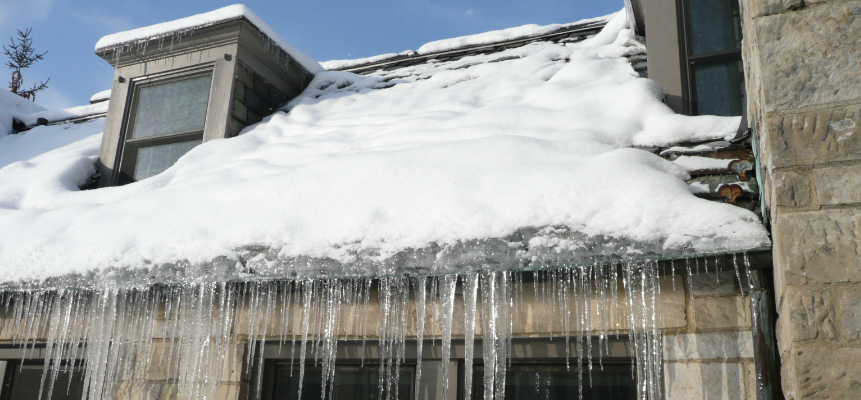April 16, 2018 in Roofing, Tips
How to Tell if Your Roof Has Sustained Wind Damage
Even after the recent windstorm here in central Maryland, some wind damage to your roof can still be hard to spot. Depending on the design of your home, it may be difficult – if not impossible – to see all parts of the roof from the ground. Unless you have physical evidence on the ground that damage has occurred, such as shingles which have come down off the roof, you may be unaware that there is a problem. And, of course, that could mean trouble. If the damage is not repaired quickly, the long-term health of your home could be compromised.
If you think that your home needs to be physically hit by something in order to suffer roof damage, you are mistaken. While something like a falling tree or even just a branch can obviously do damage, it is possible for the wind alone to take its toll. Specifically, the edges and corners of the roof are most likely to be damaged by a strong wind, as they will usually experience the more powerful forces.
Take a Look
It may be obvious, but the easiest way to tell if your residential roof as sustained wind damage is to take a look for yourself. Start by seeing what you can see from ground level. Walk around the home and look up to the edges of the roof. Even if you can’t see the surface of the roof, you may be able to spot damage around the sides. For instance, you might be able to see that some shingles are missing or at least curled up on the edges. Also, you should be able to see the top line of the roof from ground level, so look over that area for damage as well.
At some point, it may be necessary to get up onto the roof, or at least a ladder, to get a better look. It should be noted that you should only take this action if you are comfortable doing so and have the proper equipment. If not, call in a professional for help. It is never worth risking your own personal health just to get a look at your roof.
Stay Inside
You can actually evaluate the health of your roof without heading up a ladder, or even going outside. Peek into your attic and shine a light up toward the underside of the roof. What do you see? If you notice discolored spots, those may be water damage. Obviously, this would be cause for concern, and you would want to take action right away.
In the end, any roof damage will likely need to be addressed by a trained professional. The health of your roof is not something you can afford to take chances with, since it is so important with regard to protecting your home as a whole. If you know that you have sustained wind damage on your roof during a recent storm, or even if you just suspect there is a problem, get help and restore your roof to proper condition as soon as possible.















